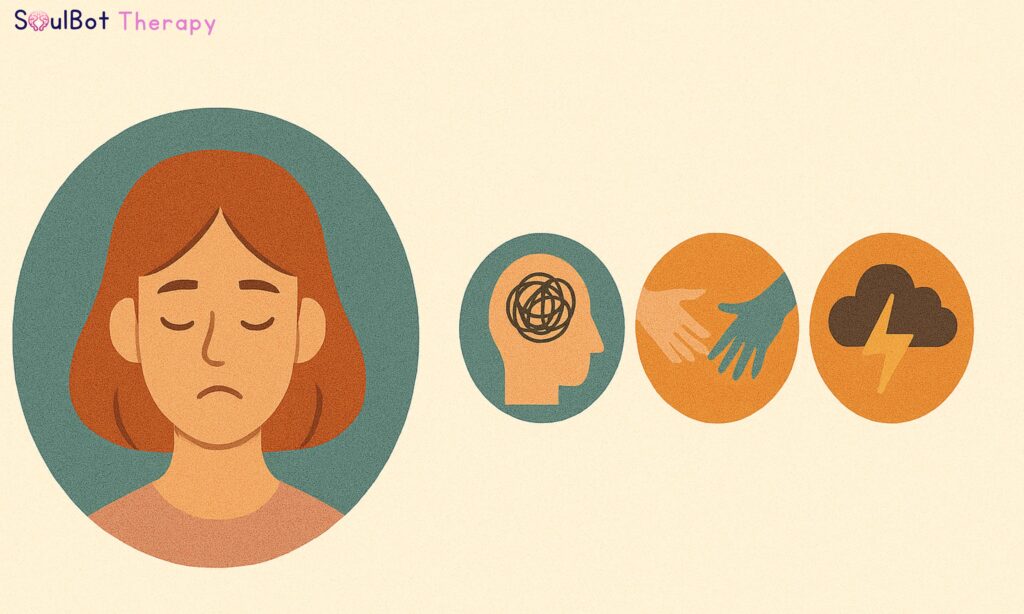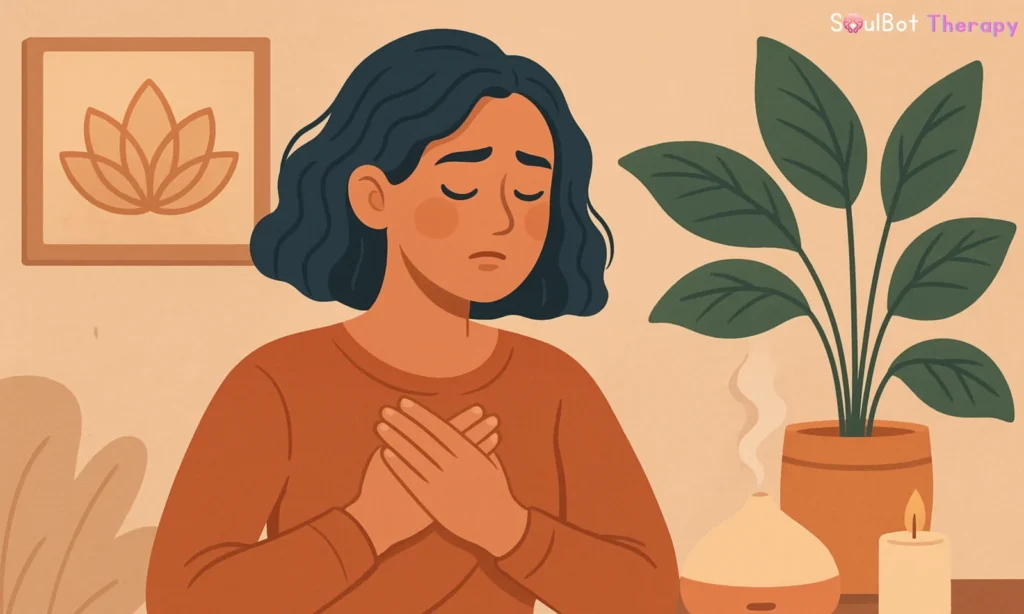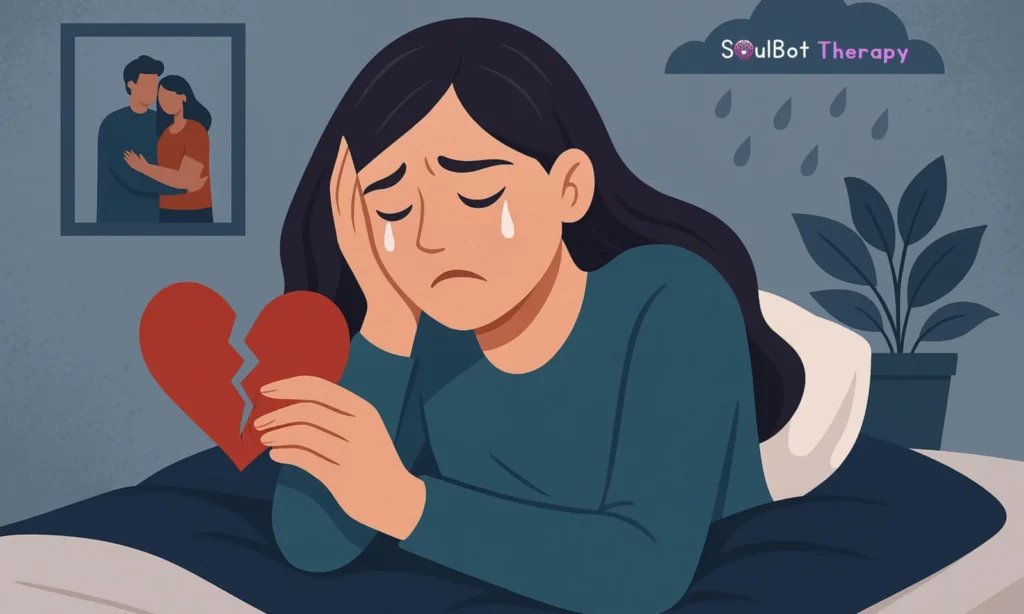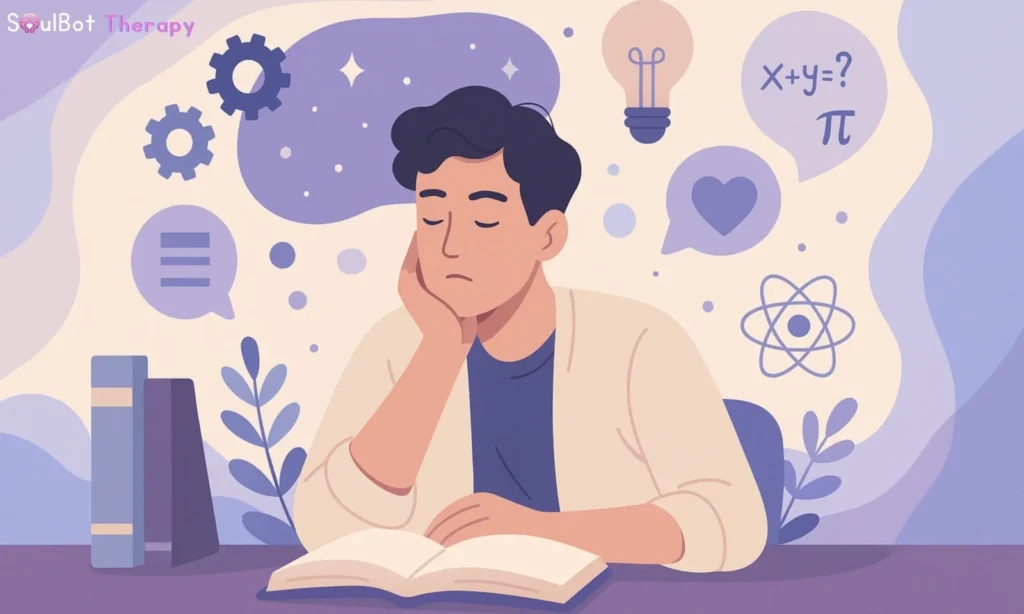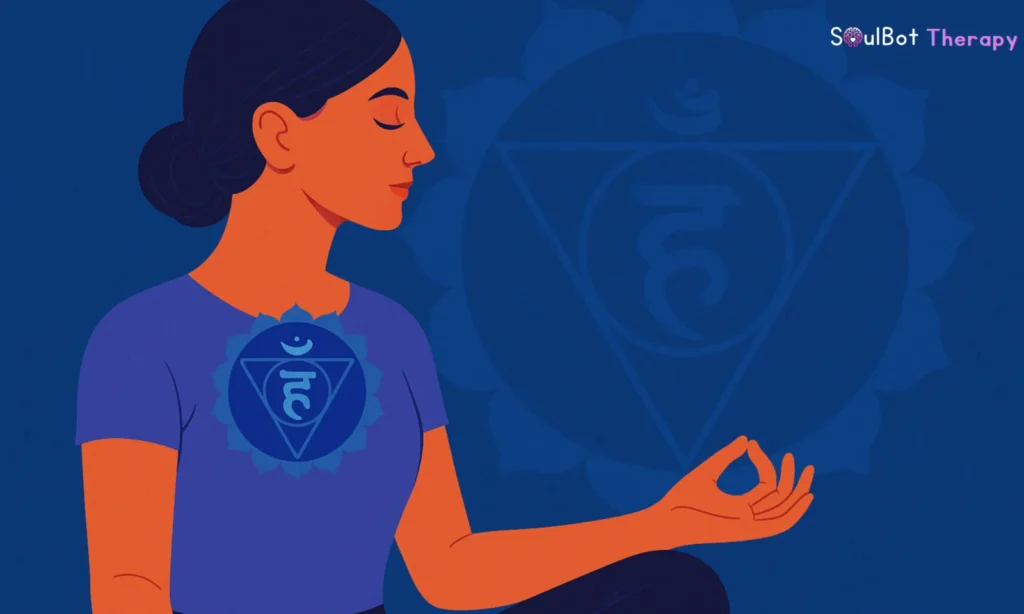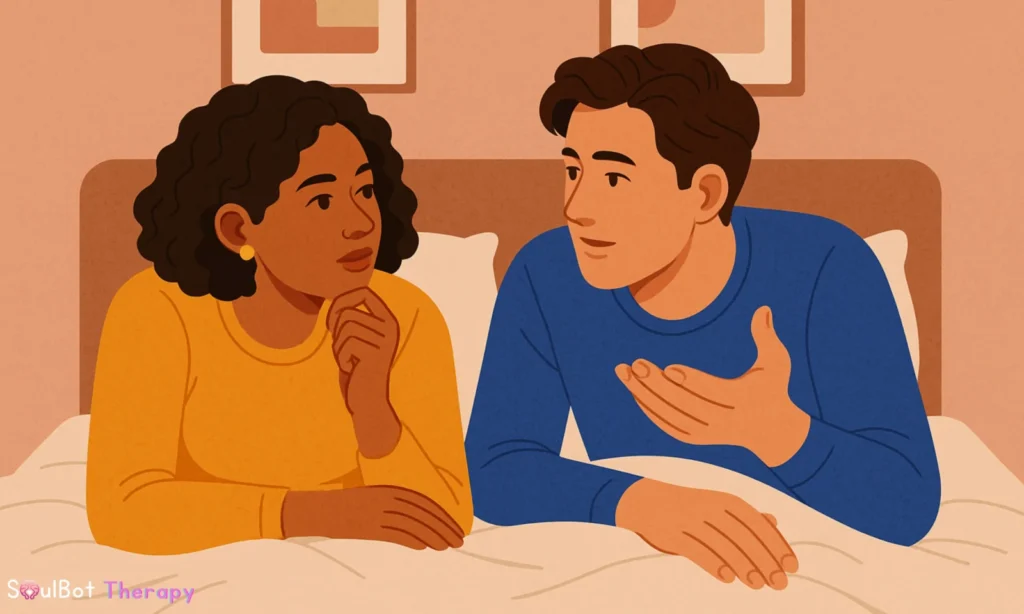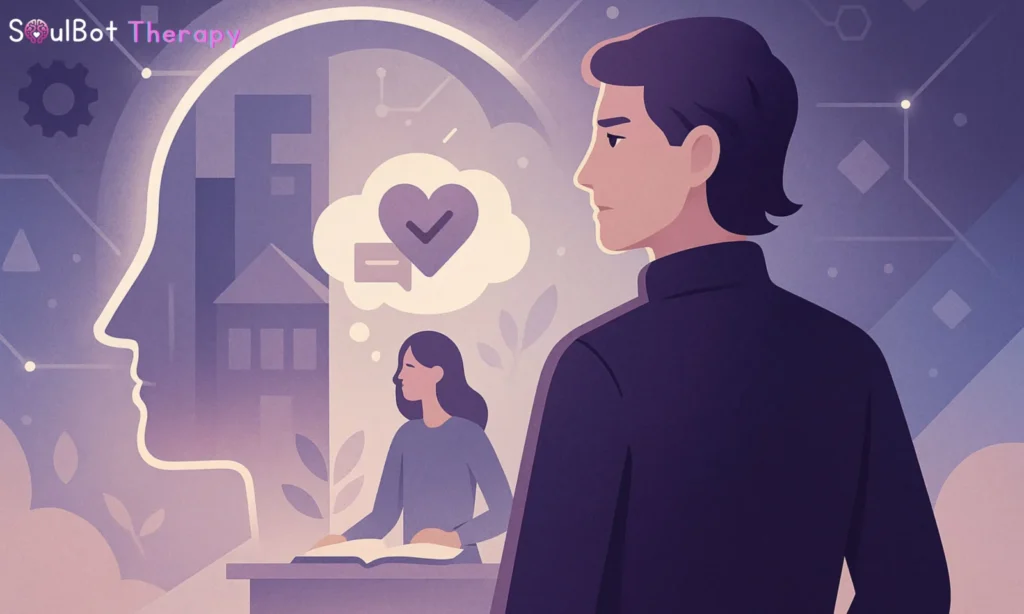BPD is an intricate mental health condition marked by intense emotional swings, unstable relationships, fear of abandonment, and impulsive behavior. If you’ve ever asked yourself, “Do I have borderline personality disorder?” you’re not alone. Multiple people feel emotionally overwhelmed but don’t know how to identify the deeper signs.
Let’s break it down.
🚨 What Are the Early Signs of Borderline Personality Disorder?
BPD symptoms usually show up in ways people dismiss or mislabel. Here’s what might be happening under the surface:
- Chronic feelings of emptiness
- Emotional highs and lows that flip within minutes
- Sudden rage or mood shifts that don’t make sense
- Feeling abandoned or rejected, even when you’re not
- Risky decisions, spending, sex, and regular eating without thinking
- Intense fear of being alone
- Struggles with identity or not knowing who you are
- Self-harming behaviors or recurring suicidal thoughts
People don’t always identify these signs as mental health red flags. They chalk it up to being “too sensitive” or “too dramatic.” That’s harmful and wrong.
🧘♀️SoulFact: A Psychology Today article explains how childhood invalidation plays a significant role in the development of BPD symptoms.
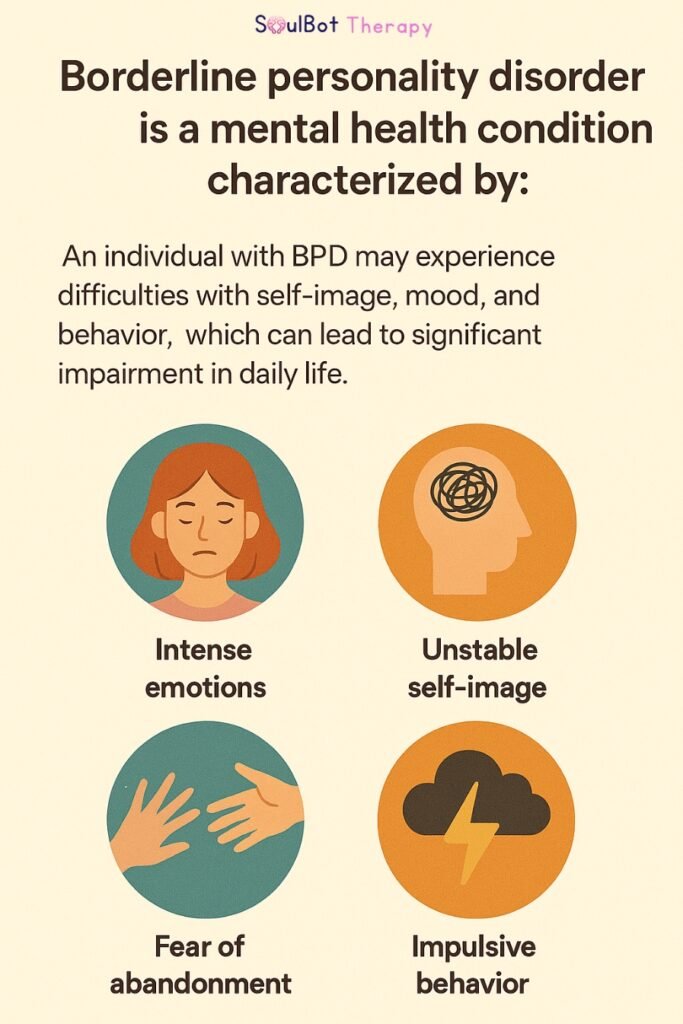
💡 What Causes BPD?
While there isn’t one clear cause, BPD usually stems from a mix of:
- Childhood trauma or neglect
- Family history of mental illness
- Emotional invalidation (being told your feelings were “too much” growing up)
- Genetics and brain chemistry
According to the National Institute of Mental Health, BPD influences nearly 1.4% of the adult population in the U.S., and many go undiagnosed for years.
🧠 BPD or Just Big Feelings? How to Tell the Difference
It’s normal to feel emotional sometimes. But BPD makes emotions feel like tidal waves, frequent, extreme, and impossible to ride out calmly.
If you regularly ask yourself:
“Why do I feel too much, too often?”
or
“Why do I ruin things even when I don’t mean to?”
It’s worth paying attention.
🧘♀️SoulFact: The National Institute of Mental Health reports that BPD often co-occurs with other disorders like anxiety, depression, and PTSD, making diagnosis more complex.
🔄 BPD and Relationship Struggles
Relationships with BPD can feel like a constant tug-of-war between wanting love and pushing people away. You might feel terrified of being abandoned, but you also get overwhelmed when someone gets too close.
This push-pull dynamic often leads to guilt, shame, and a spiral of self-doubt. Recognizing this pattern is a huge first step in reclaiming control.
🧘♀️ Can People With BPD Improve?
Absolutely. BPD is challenging, but it’s treatable.
- Dialectical Behavior Therapy (DBT) is one of the most effective treatment models
- Mindfulness techniques help regulate extreme emotions
- AI mental health support, like SoulBot, can guide users with emotion tracking and reflection prompts daily
The goal isn’t to “fix” who you are. It’s to give your mind the tools to feel safe and supported.
🧘♀️SoulTip: Most people with BPD aren't manipulative or attention-seeking. They're scared of losing connection and don't know how to self-soothe. Compassion, not judgment, leads to healing.
Final Thought: Know Yourself, Don’t Shame Yourself
BPD isn’t a character flaw. It’s a response to pain that wasn’t handled gently. If you’re resonating with what you read, that’s not a weakness; that’s awareness. And awareness is where healing begins.
You don’t have to wait to seek support until breaking down. Whether it’s therapy, journaling, or checking in with AI mental health tools like SoulBot, one step forward is still progress.
🧠 Curious about how your emotional needs impact your relationships?
👉 Take the Love Language Test on SoulBot to get personalized insights.

